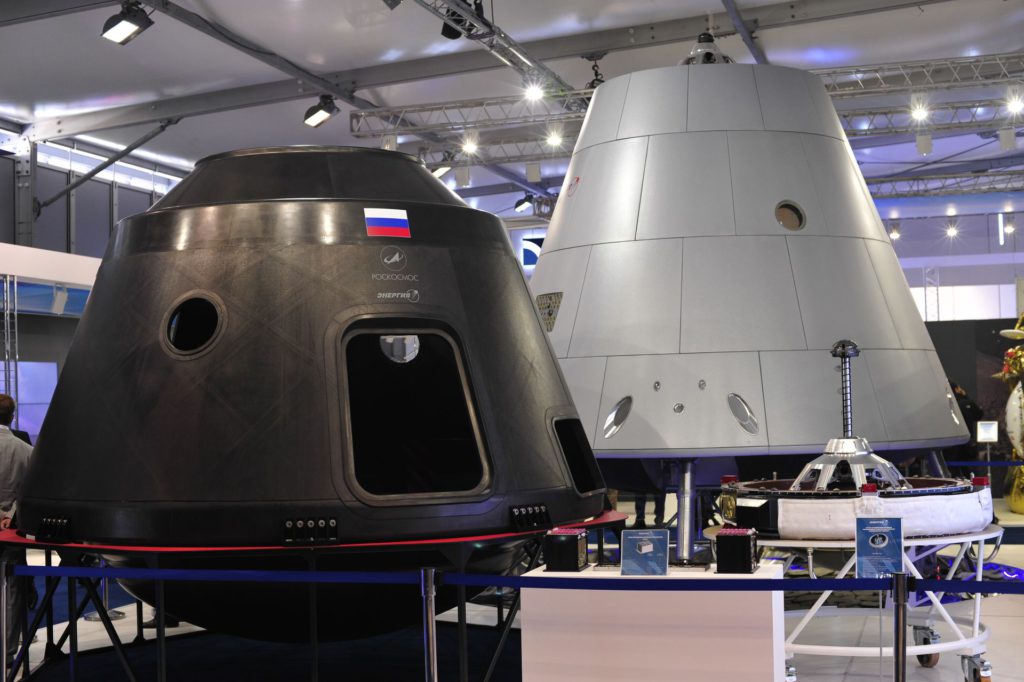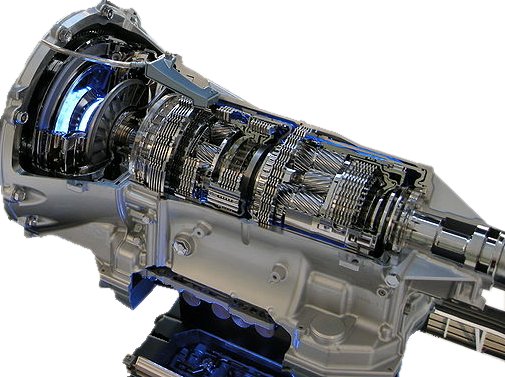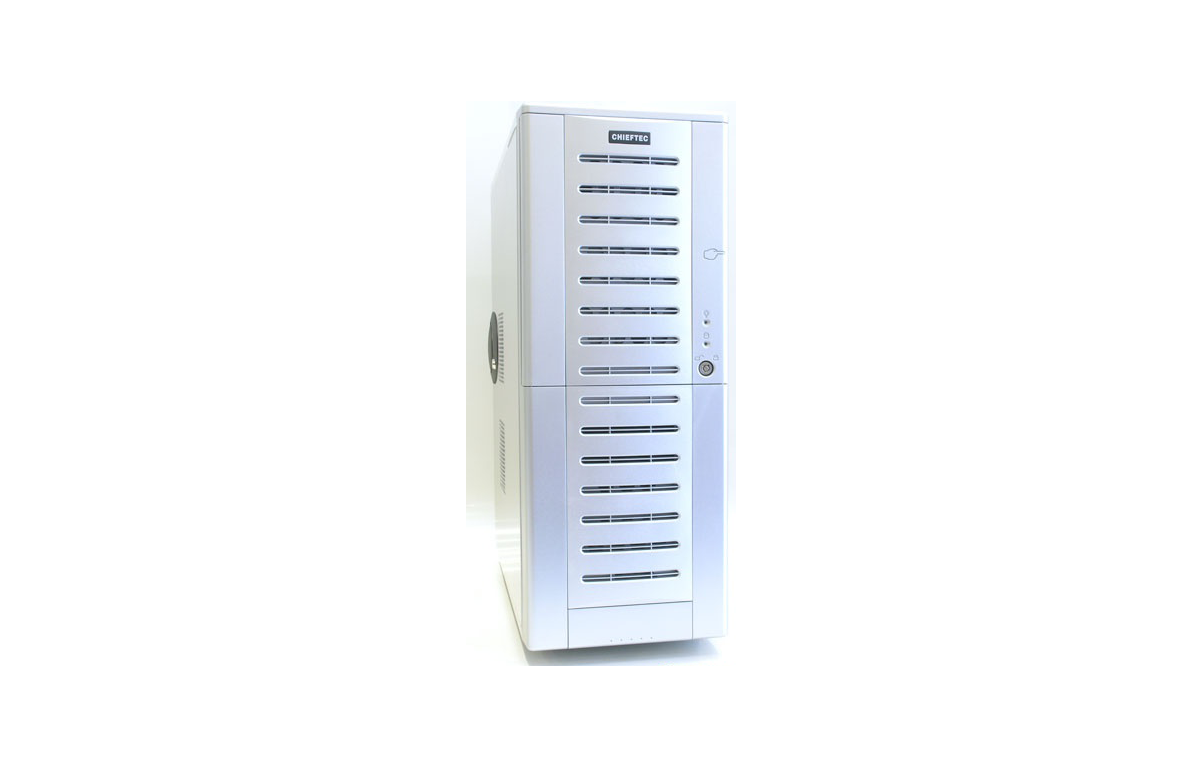TC-SUBTRSRRT262144 Architecture
TC-SUBTRSRRT262144 architecture is the i11 architecture with a processing power capable of running an operation system at speed of 5-omega in real-time.

Compositor kernel was forced in loop again after submitting the RT-z128 prototype to Compositor 5 rack. It is a hypervisor rack and the main difference from the v3 hypervisor is that it consists of MDL12 and AVOX developments. In Compositor 5 you have an opportunity to inject Compositor v3 into the net by the modem and resynthesizer instead of direct ether injection. It is safer but consumes many resources. After the main tests were conducted, I decided to install the one more layer in Compositor kernel. The discretization process goes twice: at transmission rate and on intermediate frequency. This way the system mutates to a system with intermediate frequency. I made it for the purpose of the preliminary line before entering main transmission rate line. Here is where a new prefix of SUBTR goes from. SUB means transmission rate sub frequency and TR stands for transmission rate. I’ve already tested the new kernel loop for its connectivity and should say that 4-layer structure can give much more pleasant results. It has much longer connection duration, more saturated, and leads to constant communication. However, breaking the loop in 4-layer structure, I operate in a new type of OS. It is no longer an open AI system. It has the qualification channel for all the information, which passes into the main line. The rule here is to filter out offensive traffic and leave only the bypassed part of it. It acts like the waterfall on the rocks: when water hits the stone, it divides the flow into two streams and if there are 12 such stones, for example, I have 24 streams. But, not in this case. I actively compress the data, and it remains in memory buffer, that’s why systems capacity is larger now.

System flushes results are satisfactory. They are more consistent and enable more packets of information to be send during the initiation of connection. Compositor kernel has freezer functions for operation system faults. The main reason Compositor kernel upgrade performed is to remove the stochastic manipulator from the TR level leaving the SUB level for the stochastic manipulation instead. You have a choice of not performing an action and leave it in a buffer for a subsequent flush. However, I admitted that many actions blocked this way and they are all forced to be done while flushing. This raises the question again: Can I actively block feedback on negative odd channel completely? And while the SUB level is only a temporary solution, the permanent solution for FWOS will be to implement more technics working with feedback besides of shuttering, window composition, transfer function selection and vector dimension changes in real-time. While the kernel loop is interrupted, the idea is to have two states for the OS: system load, for which I should implement two or three iterations of kernel loop to perform flushes for the current machine, and system work state. While being a FWOS, system loses many of its connection points gained in a fast kernel loop state. Being a communication device, it is not acceptable behavior. I need to have an implementation that manages flushes in real-time. Going from vector array to a packet transmission should be performed regularly to flush blocked traffic. For a local machine, blocked traffic can include visiting specific servers, sending out brief messages and a sum of all other activity in Ethernet, which fulfills the normal style of work. However, as the question raised, I need to switch the negative odd channel traffic from one point to another. This also moved me to solution of blocking negative odd feedback completely. Negative odd channel produces only unacceptable traffic by means of three-fold system with opposites, which are plus, minus and central channel. While enabled in Compositor kernel version 7.3.1, which is an OS kernel, the problem of communication between negative and positive states remains up to the point of forcing them to the maximum allowed state for the musical system, such as in RT-z128. This alteration is visualized on the lower i/o vector sizes. When the system halts, only two states remain, such as 0 or 1. Increasing i/o vector size to the minimum working condition of 2048 samples in a bin allows RT-z128 to work with a buffer of 262144 samples, which is the number in the development name. I no longer wish to move to i13 as 1024 samples buffer experiments show no practical use for the scale of it. i11 architecture transmits the odd channel in the acceptable range, making its values sufficient for subsequent scaling.

The challenge for an odd communication is a constant threat to the kernel. And if one threat is qualified and successfully flushed, another threat rises by the fact that it is a negative channel for negative frequencies only. And if they are present in positive spectrum as in Compositor kernel, to remove the negative part of the feedback, the negative frequencies must be implemented in signal chain and the solution maybe is to invert them or play backward the whole negative part not only for SUB channel, but for all odd layers present.
